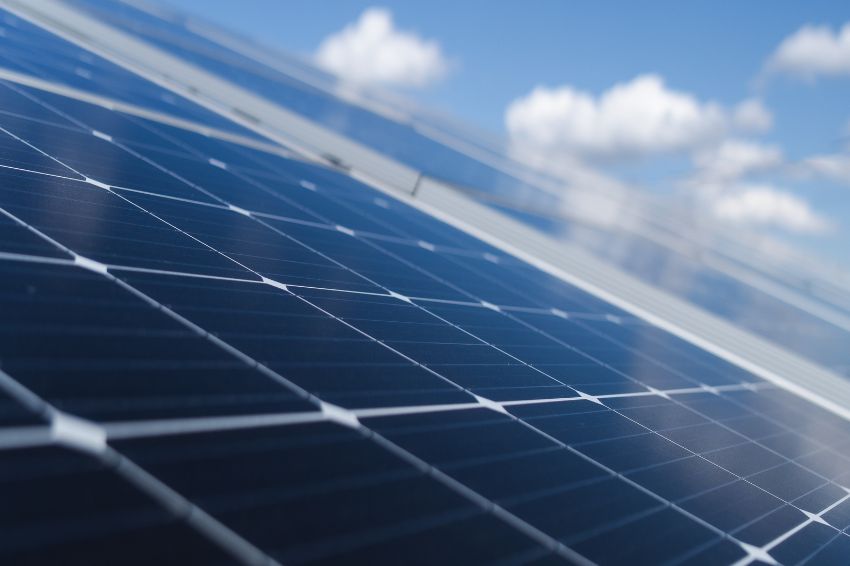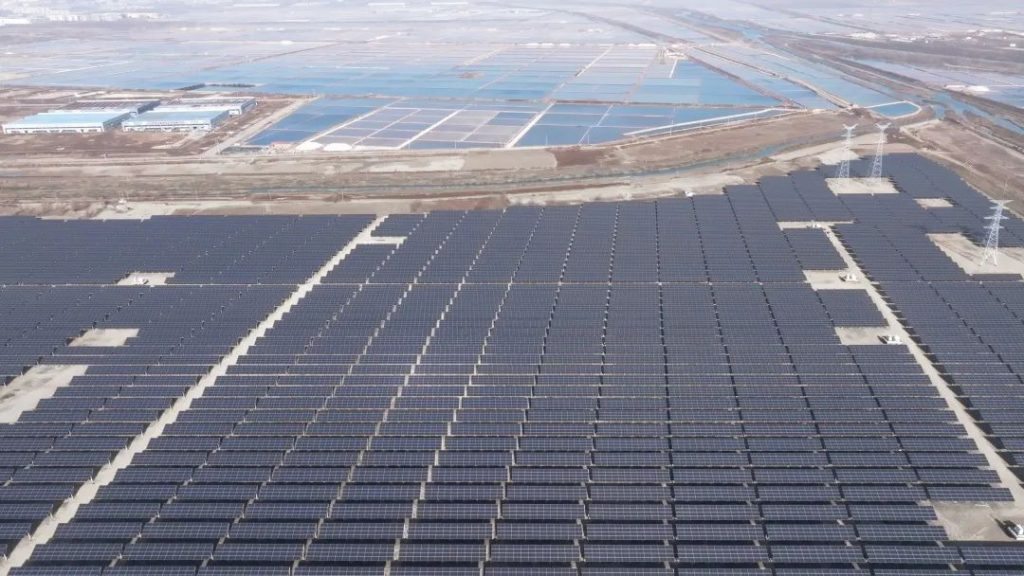In the development scenario of solar energy industry for 2024, a series of predictions was presented, this Tuesday (16), by Solarbe Global – one of the largest research and insight institutes on the photovoltaic production chain, focusing on the manufacturer market and new technologies.
Among the assessments made by the entity are the greater share of N-type technologies in the market, the continuity of drop in the price of photovoltaic modules and the installations using the source reaching significant volumes in the world.
Check it out below to the six main predictions aimed at Solarbe Global for the solar energy market and supply chain in 2024:
1. Polysilicon price should fall
The first forecast highlighted by the institute concerns the price of polysilicon in the international market, which should register a reduction due to the large volume offered.
The entity points out that, until December 2023, global production of the input was 1.475 million tons, with a capacity of 2.4 million tons.
By the end of 2024, the entity estimates that capacity will exceed 3 million tons. “It is clear that, after a few years of frenetic expansion, the polysilicon sector is expected to remain in a situation of excess supply in 2024, with price reductions”, highlights Solarbe.
In the company's understanding, the tendency is that throughout the year (in the absence of unforeseen events or special circumstances) input prices will fall below CNY 50/kg.
“Our forecast is that, at least until the end of 2024, excess supply will continue to be the dominant theme in the photovoltaic production sector.”
2. PV module prices should gradually fall
In its study, Solarbe Global reported that it closely monitored tenders in the solar industry in 2023, especially in the solar sector. photovoltaic modules, publishing monthly statistics on bidding results.
According to the company, last year offer prices fluctuated frequently, showing some correlation with silicon price trends, but with smaller amplitudes.
“The deviation values between bid prices in individual tenders have increased, indicating varying perspectives on future market trends among different companies (…) Currently, most companies, including top-tier brands, can accept module prices relatively lower, as everyone competes for their market share”.
Also according to Solarbe Global, the combined shipment volume of the world's top four solar panel manufacturers exceeded 270 GW in 2023, while the combined shipments of the top nine companies were around 400 GW.
“This leaves little room for other brands, and contract manufacturing has become a crucial business for some module manufacturers.”
For the entity, PowerChina's recent 42 GW tender, held on January 9, would have "giveled" the market, with the lowest offer price for P-type bifacial modules (CNY 0.806/W) and for bifacial modules of the type N (CNY 0.87/W), setting new records for domestic module tenders.
“This massive order, which sets the tone for the market this year, signals intense competition and reaffirms that low prices continue to be the conventional weapon in module tenders, exacerbating internal competition”.
3. Increase in type N participation
According to Solarbe Global, in 2023 the world recorded a production of 592.35 GW of silicon wafers in the solar industry, of which type P represented 65% of this total (385.03 GW).
N-type silicon wafers, despite making up the remaining 35%, with a production of 210.32 GW, exceeded all market expectations, with at least seven companies recording sales of N-type modules greater than 50%.
In the same period, at least 15 manufacturers would have explicitly declared their intention to achieve a shipment quota of this type of modules greater than 60% in 2024.
Furthermore, among the world's top nine PV module companies, five have set ambitious targets of surpassing 70% N-type module market share, with the largest targeting 85%.
In this sense, Solarbe highlights that it expects that – within the scenario of type N modules – the technology TOPCon reach more than 50% of market share in 2024, while the shipment volumes of HJT may see a double increase from the 2023 baseline.
In terms of production capacity, Solarbe Global's statistical analysis predicts N-type cell capacity exceeding 1,000 GW by the end of 2024, with TOPCon contributing more than 800 GW.
4. Distributed solar energy can reach 100 GW
According to industry estimates, Solarbe Global points out that there is a high chance that the combined global solar energy capacity in the distributed generation reach the 100 GW mark in 2024,
Although the entity predicts that residential solar installations will witness a decline compared to 2023, the commercial and industrial sectors, in turn, have significant growth potential.
5. Increase in utility-scale projects and offshore initiatives
The fifth forecast is that the growth trajectory of large-scale solar projects should continue to rise, especially offshore solar projects.
“The political incentives offered by coastal provinces are making offshore ventures more attractive and several regions are extending preferential policies to encourage investments in this field”, highlights Solarbe Global.
According to the company, the offshore frontier is “ready for exploration and industry players are expected to take advantage of the opportunities presented by these initiatives”.
6. Global solar installation will increase between 15 and 20%
For 2024, Solarbe Global forecasts a growth rate in the volume of solar installations (in GW) exceeding 15%, with foreign markets (outside China) poised to contribute significantly.
According to the entity, in many parts of the world, solar energy has become the energy option with the best cost-benefit ratio, no longer needing to compete only through price reductions with sources such as coal, hydropower and energy. wind.
However, the potential for further market expansion could be somewhat limited due to already low prices in the solar industry.
“The growth of the solar market now largely depends on the growing demand for energy and electricity in different regions, global economic growth and the commitment to carbon neutrality in specific markets”, concludes Solarbe Global.
All content on Canal Solar is protected by copyright law, and partial or total reproduction of this site in any medium is expressly prohibited. If you are interested in collaborating or reusing part of our material, we ask that you contact us via email: [email protected].






















